The Ultimate Maine Forest Wildlife Guide: Exploring & Attracting Maine Wildlife
Maine, renowned for its lush landscapes and unspoiled wilderness, is a haven for outdoor enthusiasts and nature lovers. Its vibrant forest ecosystem is home to an abundance of wildlife, and responsible forest management practices ensure that this wildlife continues to flourish. Bird watching, wildlife spotting, and simply soaking up the tranquil beauty of these forests are just a few of the many joys one can experience here. With the support of forest management experts like Tall Pines Forest Management, these forests and their inhabitants have a promising future!
Diverse Wildlife in Maine’s Forests
Birds
Bird watching is a rewarding pursuit in Maine, as its forests house a fascinating range of bird species. Here are a few of our favorites!
American Goldfinches
American Goldfinches, vibrant and energetic birds, are attracted to open habitats with shrubs and trees. They feed primarily on seeds, so planting native seed-bearing plants can be beneficial. Tall Pines’ timber appraisal service can help identify and maintain these types of vegetation on your property.
Bald Eagles
Maine’s coastline and forested areas are home to Bald Eagles, an iconic species that signifies strength and freedom. Their habitats need access to water bodies for fish, their primary food, and tall trees for nesting. Landowners can use Tall Pines’ woodlot assessment and management planning to identify and preserve these key habitat components.
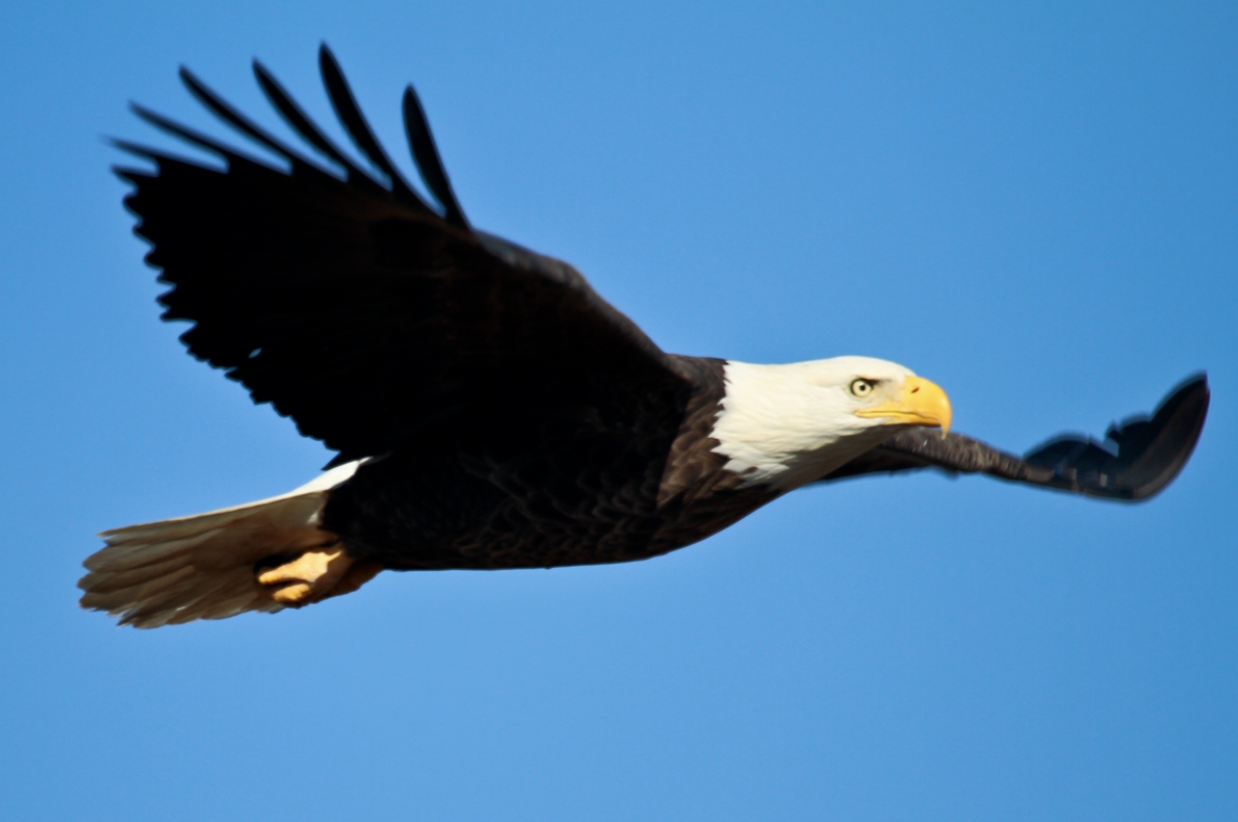
Black-capped Chickadees
These friendly and acrobatic birds, also Maine’s state bird, thrive in deciduous and mixed forests. They use cavities in trees or snags to nest, so maintaining these structures can attract more chickadees. Tall Pines’ harvest operation oversight ensures that harvesting operations leave behind suitable nesting sites for these birds.
Mammals
Maine’s forests are home to a fascinating variety of mammals, ranging from small critters to majestic larger species.
White-tailed Deer
White-tailed deer are adaptable animals that inhabit mixed woodlands and meadows. Their diet includes grass, leaves, stems, and berries. Landowners can work with Tall Pines to design a harvesting plan that preserves food sources and shelters for deer.
Moose
The majestic Moose, the largest member of the deer family, prefers habitats with abundant aquatic vegetation, as well as deciduous and coniferous trees. Ensuring access to wetlands and maintaining a mix of tree species through Tall Pines’ timber lot acquisition and sustainable forestry practices can help sustain moose populations.
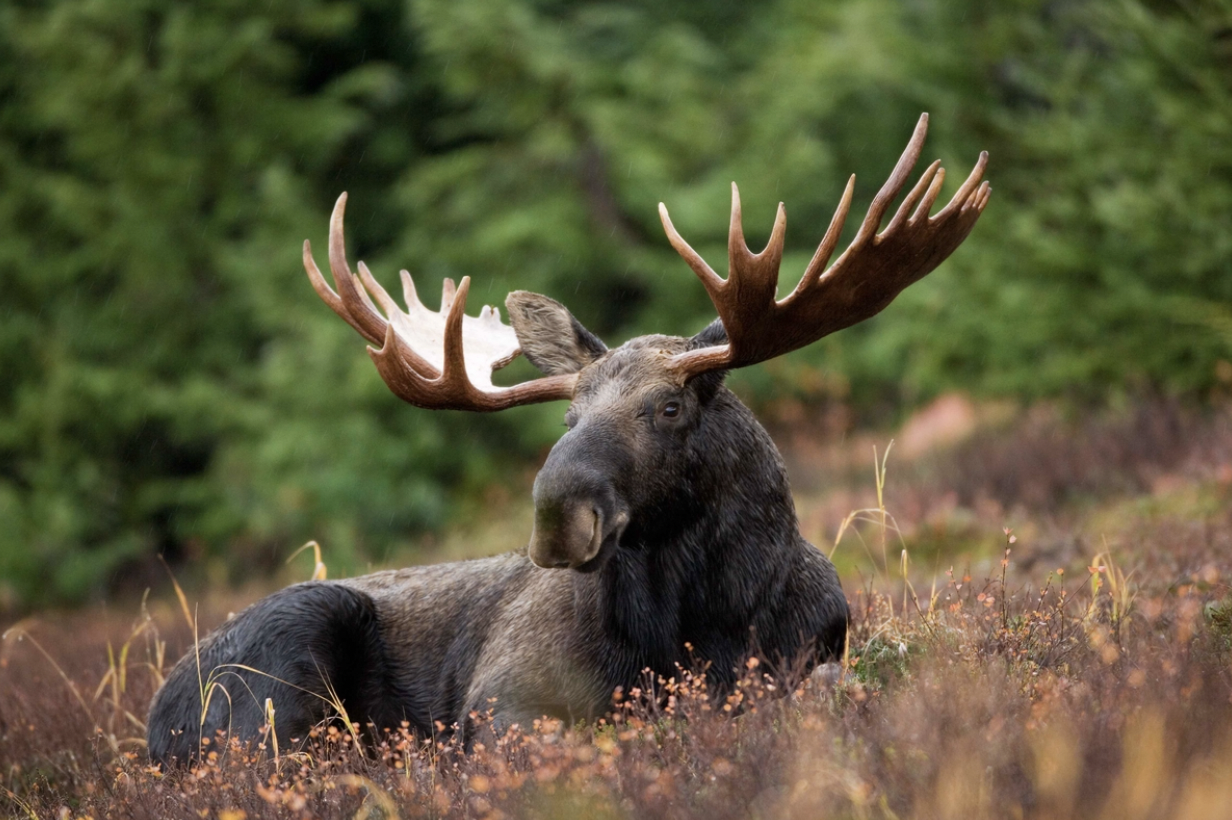
Black Bears
Black bears require large territories with dense cover for hiding and denning. They are omnivorous, consuming a varied diet that includes berries, grasses, insects, and small mammals. Tall Pines’ forest management services can help landowners maintain ideal habitats for black bears.
Reptiles and Amphibians
Maine’s forests also house a variety of reptiles and amphibians.
Painted and Snapping Turtles
These turtles frequent wetland environments. Landowners can protect and enhance these habitats by maintaining a buffer of vegetation around wetlands and minimizing disturbance with Tall Pines’ forest management planning.
Eastern Garter Snakes
Eastern Garter Snakes are common across Maine, often found in grassy habitats near water. They are beneficial for controlling pest populations. Through Tall Pines’ sustainable forestry practices, landowners can maintain a balance of open grassy areas and forests that provide cover for these snakes.
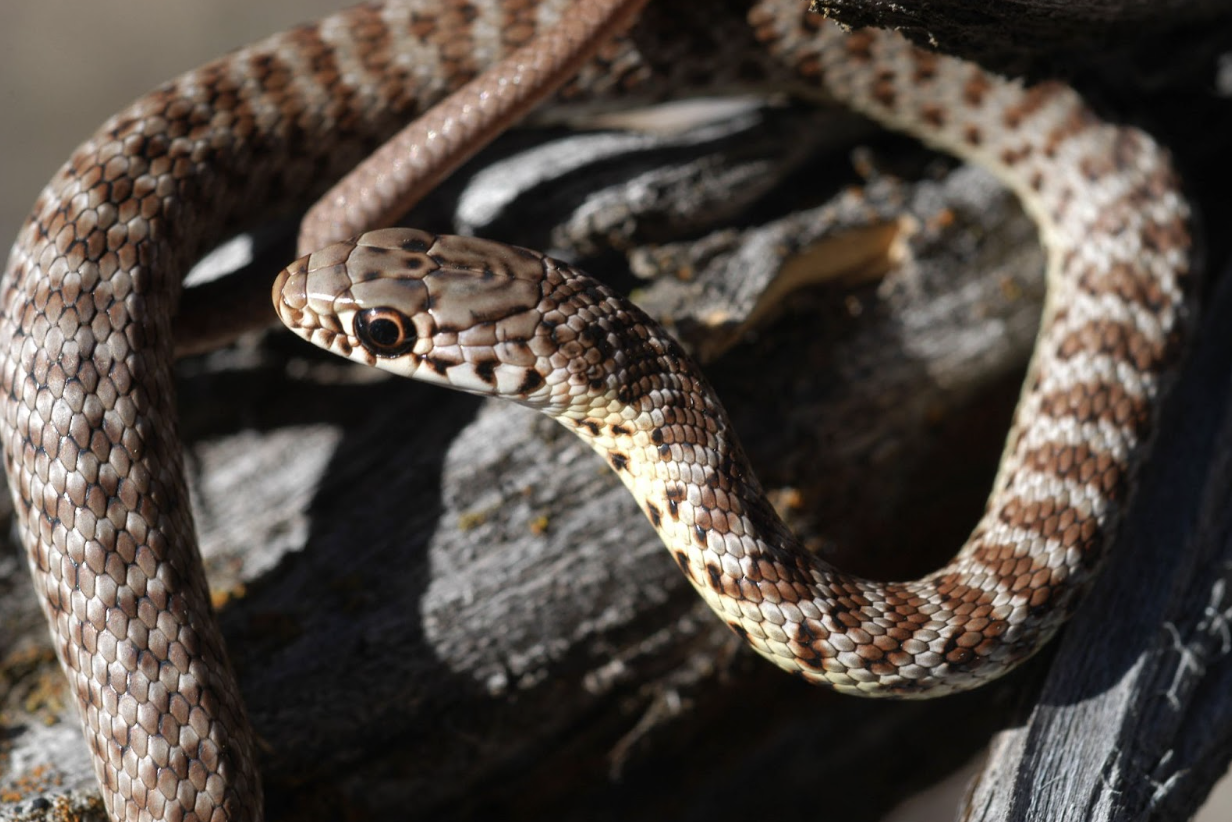
Northern Spring Peepers and Spotted Salamanders
These amphibians play a crucial role in the food chain and are indicators of environmental health. They require both terrestrial and aquatic habitats. Landowners can help create and maintain these conditions through careful forest management and wetland protection, facilitated by Tall Pines’ services.
Enhancing Habitats for Maine’s Forest Wildlife with Tall Pines Forest Management
By incorporating sustainable forest management practices in harmony with the services provided by Tall Pines Forest Management, landowners can actively encourage a diverse and thriving wildlife population within their property. This involves creating and maintaining specific habitats that cater to the unique needs of various wildlife groups in the Maine forest.
Inviting Birdlife
Crafting a habitat that is inviting to bird species entails more than merely planting trees and hoping birds will arrive. It involves a thoughtful strategy to sustain birdlife throughout the changing seasons.
Food: Birds need a reliable food source. This can be achieved by planting native fruit-bearing shrubs and trees. Tall Pines’ Timber Appraisals can provide crucial data about existing flora on your property, helping you to identify areas where such plant species can be introduced or enhanced.
Shelter & Nesting: Birds require safe nesting spaces and shelter from predators and harsh weather. Maintaining dead trees and encouraging the growth of dense shrubs can provide these necessities. Through their Harvest Operation Oversight service, Tall Pines ensures that harvesting operations leave behind suitable nesting sites and shelter for these birds.
Fostering Mammal Habitats In Maine Forests
A vibrant population of mammals is a key indicator of a healthy Maine forest ecosystem. There are key factors to consider when trying to attract and maintain these species.
Shelter: Brush piles, undergrowth, and fallen logs can serve as excellent shelters for mammals. Tall Pines’ Woodlot Assessment & Management Planning can provide a detailed understanding of the current structure of your woodlot and offer suggestions on how to enhance these aspects.
Water & Food: Maintaining water sources like wetlands, ponds, and streams is crucial for mammals. Similarly, preserving mast-producing trees, such as oaks and hickories, ensures a steady supply of nuts and acorns, a vital food source for many mammals. Tall Pines’ services can assist with the sustainable management of these resources.
Cultivating Reptile and Amphibian Spaces
Reptiles and amphibians play a crucial role in Maine’s forest ecosystem, and they require a diverse array of microhabitats.
Varied Habitats: Reptiles and amphibians often require access to terrestrial and aquatic environments. Maintaining a variety of habitats, including meadows, forested areas, and wetlands, ensures they have the resources they need. Tall Pines’ Timber Lot Acquisition service can help in procuring and maintaining such varied environments.
Hiding Spots: These creatures also need plenty of hiding spots. Rock piles, fallen logs, and leaf litter serve this purpose well. Through Sustainable Forestry practices, Tall Pines can guide landowners on how to preserve these natural features during harvesting operations.
The Role of Tall Pines Forest Management
Tall Pines Forest Management plays a critical role in maintaining the health and diversity of Maine’s forests. Their forester services include timber appraisals, woodlot assessment & management planning, harvest operation oversight, timber lot acquisition, and sustainable forestry & carbon tax credit strategies.
Through timber appraisals, we provide landowners with valuable information about the timber value of their forest. They assess the timber volumes, stand typing breakdown, and provide an estimation of the timber’s value.
Their woodlot assessment & management planning allows landowners to understand the current status of their woodland and what steps they can take to ensure its healthy growth and development.
Harvest operation oversight ensures that all harvesting operations are carried out in a manner that complies with regulations and landowner objectives, ensuring the sustainability and health of the forest.
Timber lot acquisition services guide potential landowners through the process of purchasing forest land, ensuring that the land aligns with their goals and provides good value.
Finally, their sustainable forestry & carbon tax credit strategies offer long-term environmental stewardship, preserving forests for future generations while also providing positive financial outcomes.
By working with Tall Pines Forest Management, landowners are doing more than just preserving their own lands; they’re contributing to the preservation and enhancement of Maine’s unique forest wildlife and the habitats they call home. It’s a testament to the delicate balance between man and nature and the beautiful things that can be achieved when we work toward conservation and sustainability.
In conclusion, whether you’re a landowner or a visitor, the Maine forestsoffer a rich and diverse ecosystem teeming with wildlife. Through responsible forestry practices and habitat creation, we can ensure the continuity of this natural paradise for future generations to enjoy. Let’s continue to explore, enjoy, and protect Maine wildlife in all its vibrant diversity.
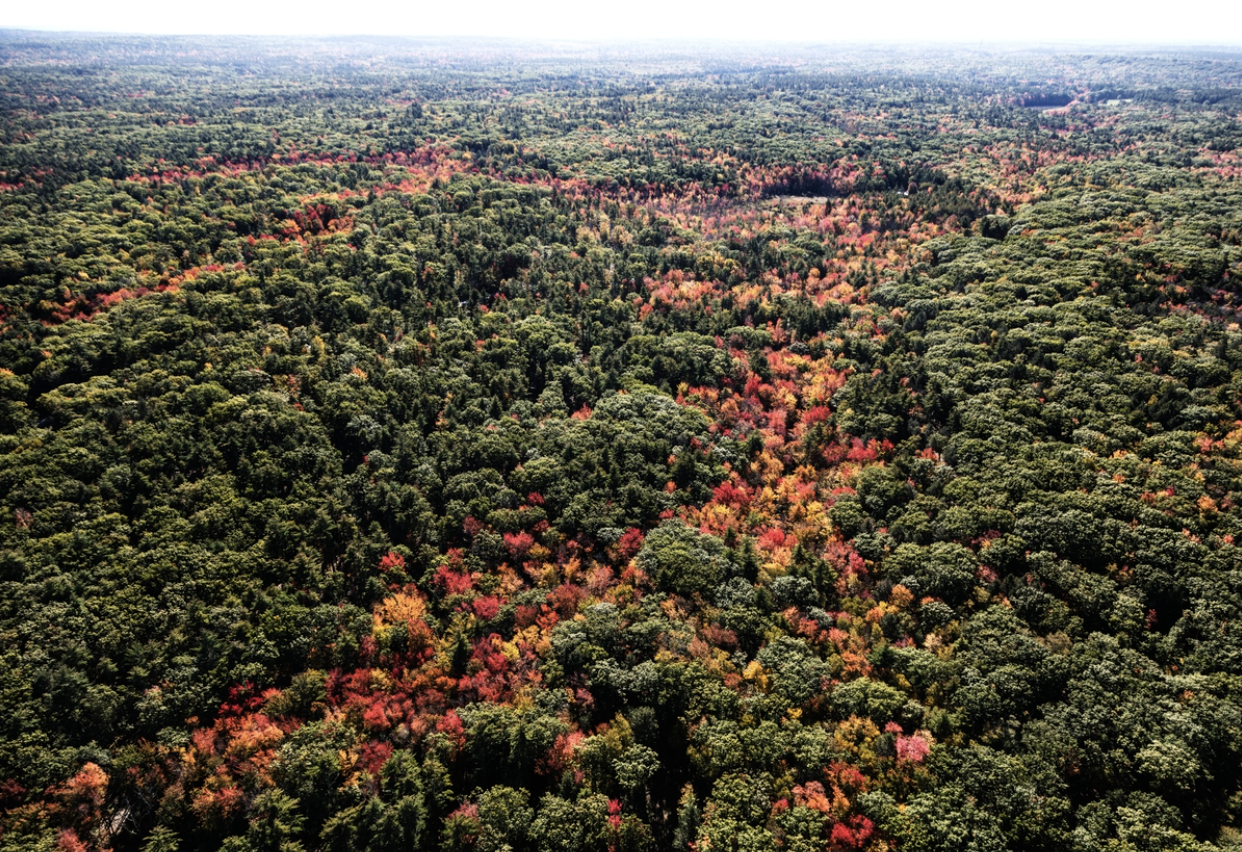
0 Comments